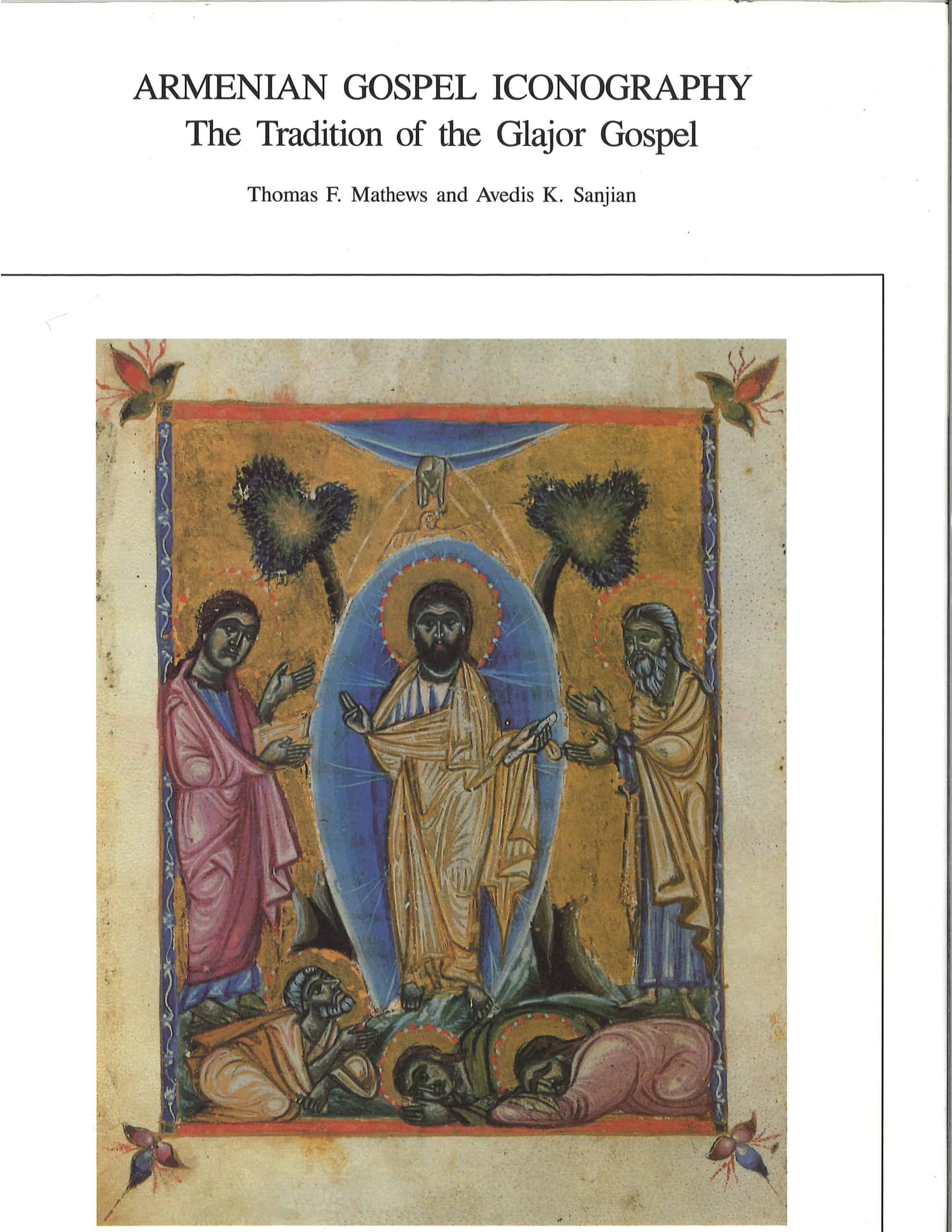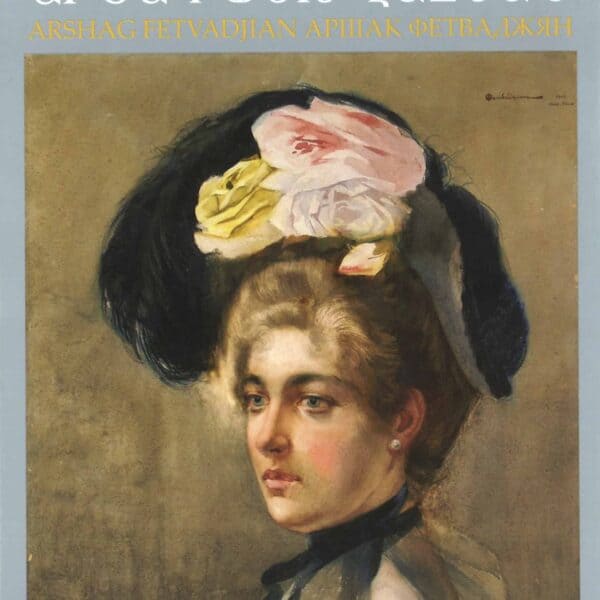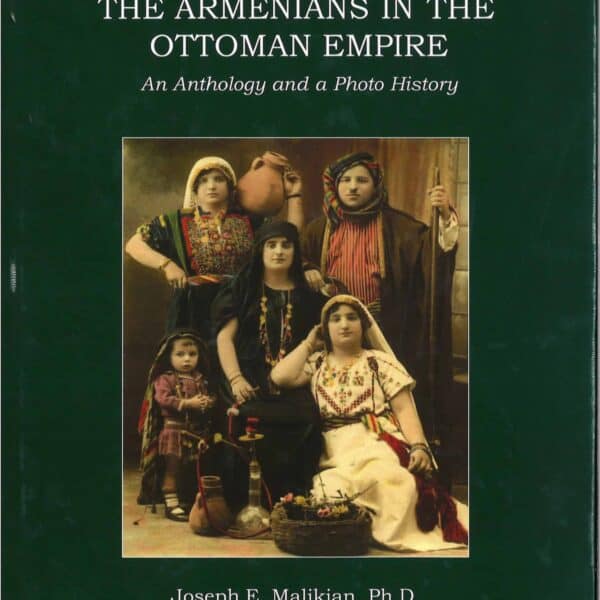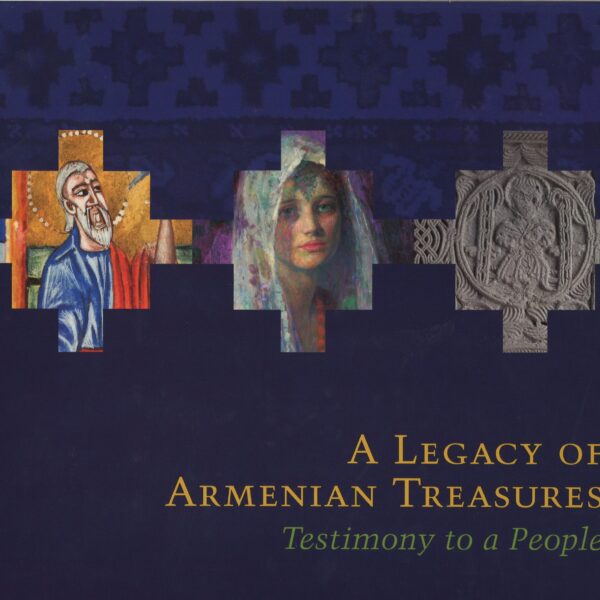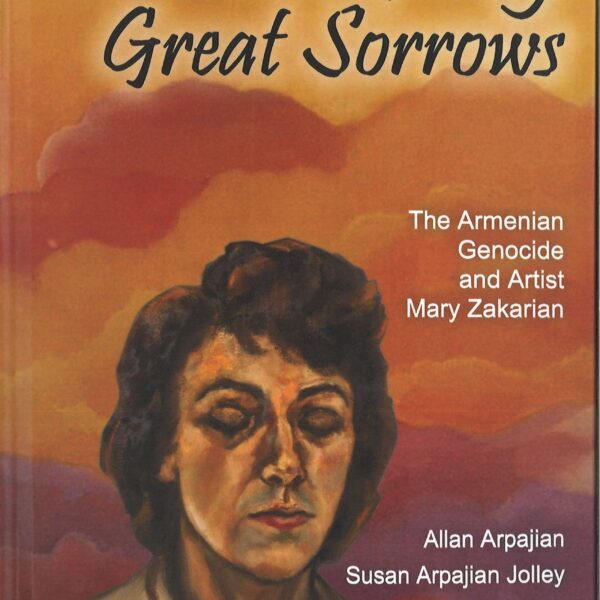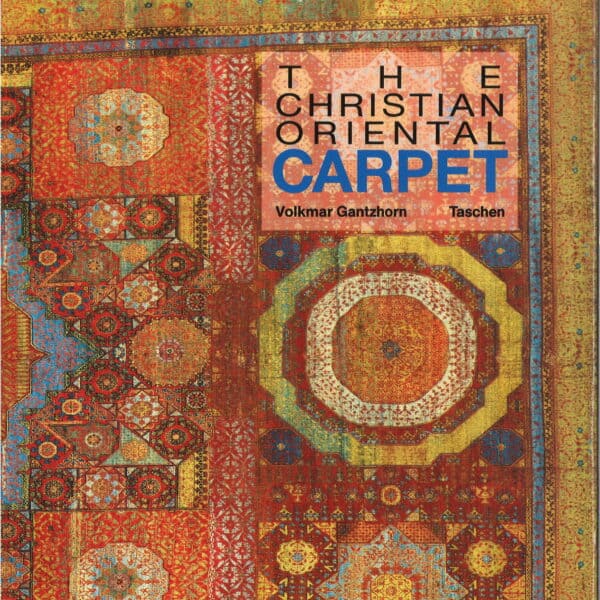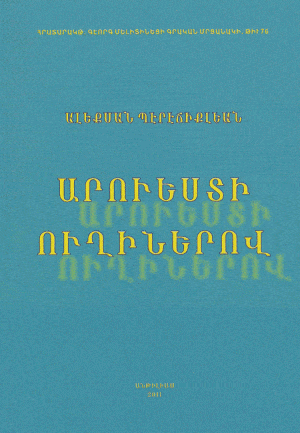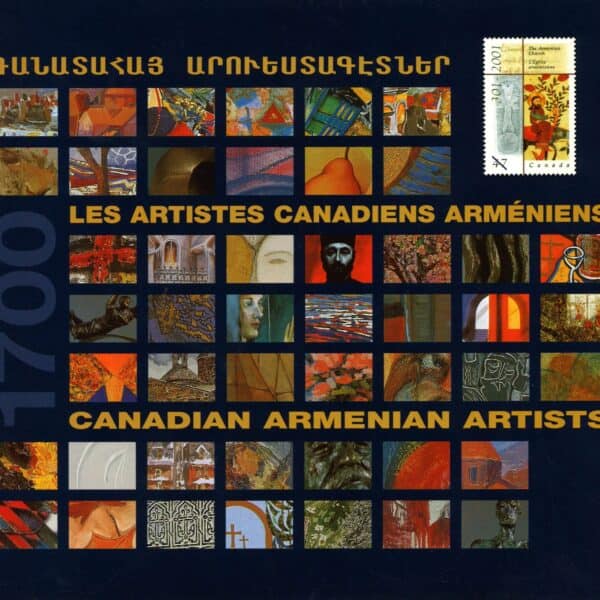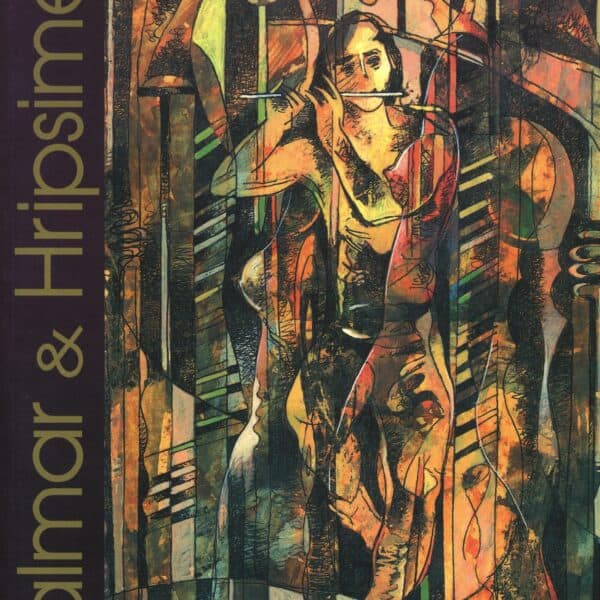The Gladzor (Glajor in Armenian scientific transliteration) Gospel, an illustrated Armenian gospel book of the early fourteenth century produced in that famous monastery, was deposited in the monastery of Geghard at the end of that century after being rescued from the Mongols. It was taken to New Julfa in the early seventeenth century during the forcible exodus of Armenians to Iran and donated in 1967 to UCLA by its last private owner, Dr. Caro Minassian of Ispahan.
The Gospel was lavishly illustrated by five different artists, who embellished it with four evangelist portraits, ten canon tables, and fifty-five narrative paintings as well as numerous marginal ornaments and decorative initials. This volume presents all the full-page illuminations from the gospel book at their original size and includes twenty-four color illustrations of full-page paintings and details. In addition, over two hundred comparative illustrations are used to examine the Armenian tradition of gospel iconography.
This collaborative study—the first monographic study of a single Armenian manuscript—provides an introduction to Armenian cultural and artistic history; the history of the Gladzor Gospel and the political and cultural setting in which it was produced, including the role of princely patrons; and the history of the monastery and school of Gladzor. The major part of the book discusses the characteristics of the Gladzor Gospel, the development of Armenian painting, and the analysis of the miniatures depicting the life of Christ. It concludes with a discussion of the iconography of the canon tables and evangelist portraits.

